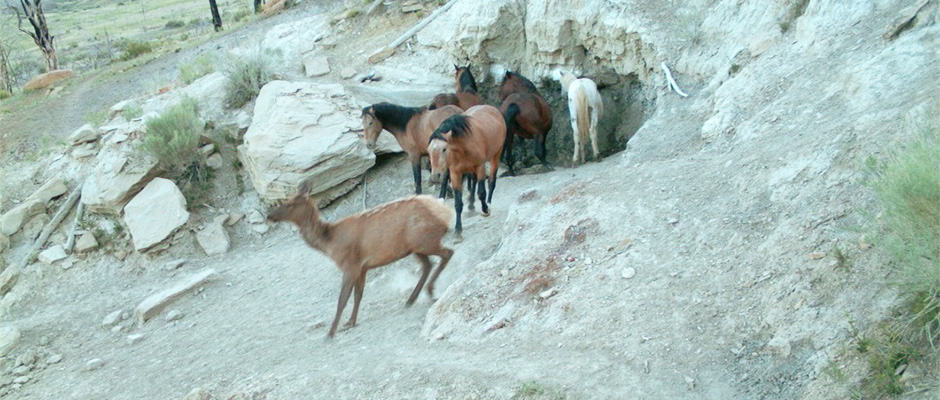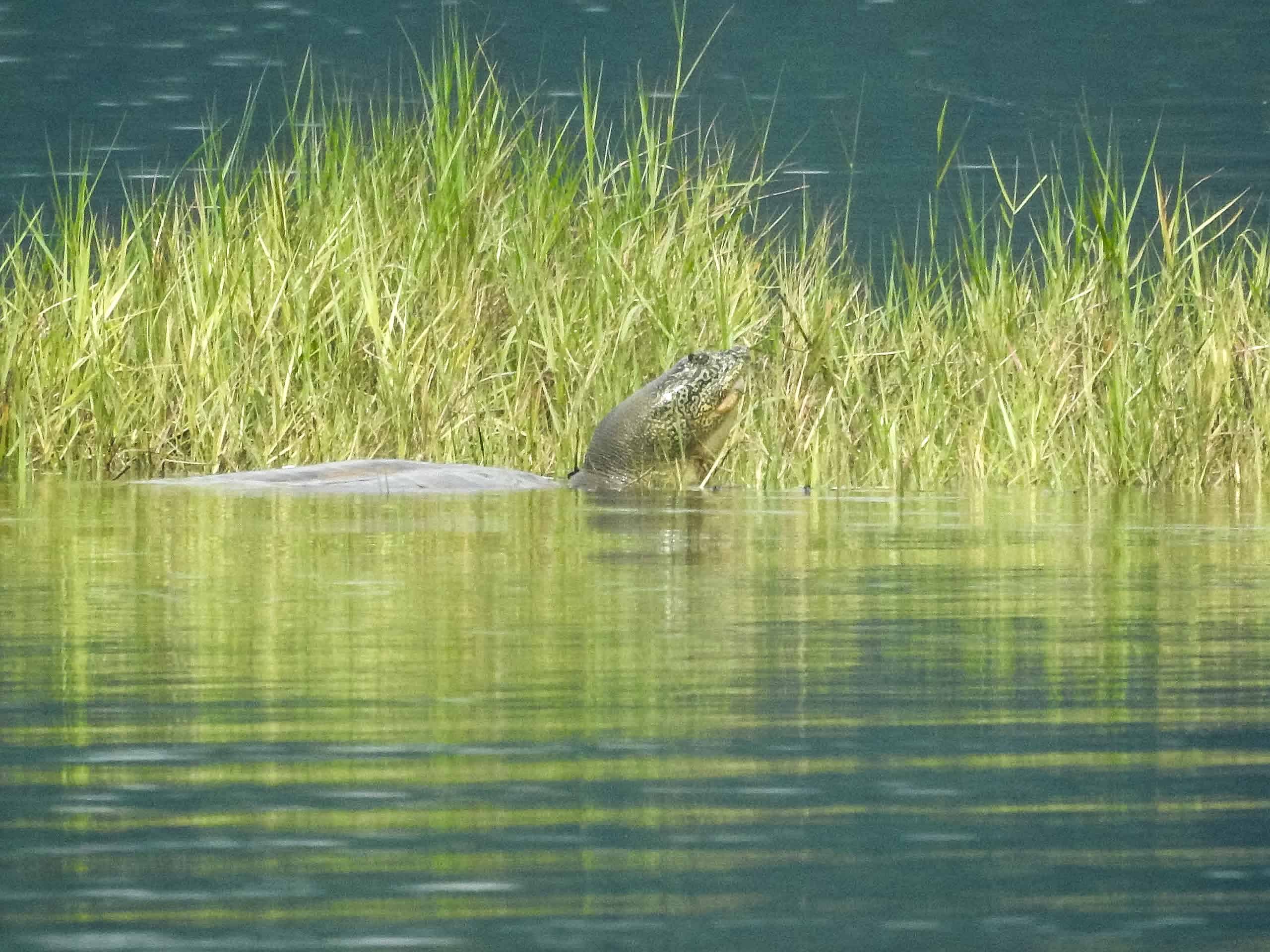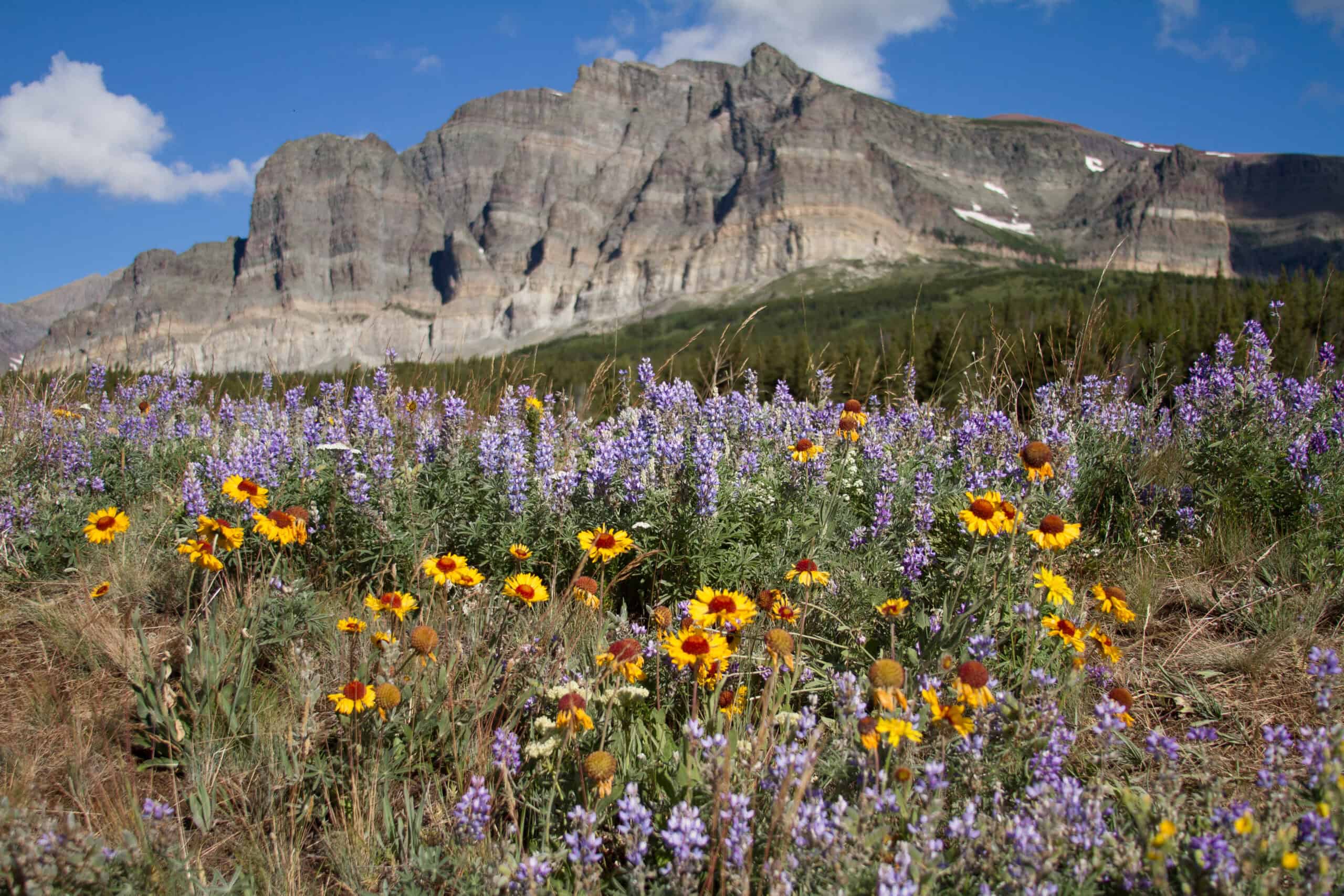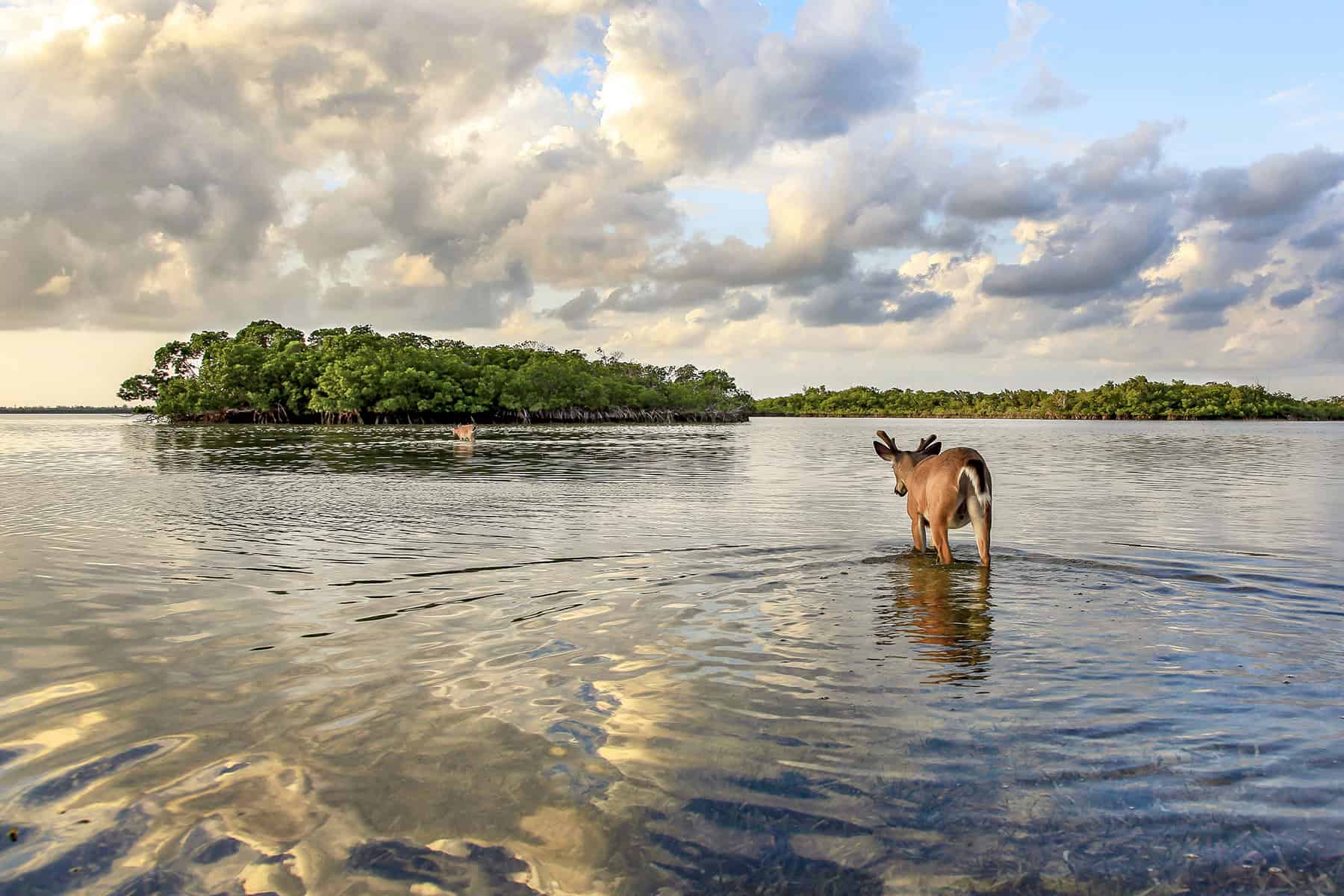Share this article
TWS Government Affairs testifies in BLM horse program hearing
The House Committee on Natural Resources Subcommittee on Federal Lands held an oversight hearing entitled “Challenges and Potential Solutions for BLM’s Wild Horse & Burro Program” last week to discuss the exponentially growing population of wild horses and burros on western rangelands. Despite being non-native and ecologically feral animals, free-roaming horses and burros on certain Bureau of Land Management and U.S. Forest Service lands are granted “wild” status by federal law.
Keith Norris, AWB®, Director of Government Affairs and Partnerships at TWS, and Chair of the National Horse and Burro Rangeland Management Coalition, testified on behalf of both the Coalition and TWS at the hearing.
Norris’ testimony highlighted the need to achieve ecologically-sustainable horse and burro populations. Gather and removals of excess wild horses and burros from the range, followed by increased fertility control application and other management methods were identified as necessary to reduce the impact of the growing feral population on ecosystem health, native wildlife, and rural western communities.
“On-range management must be focused on achieving and maintaining ecologically-sustainable populations defined as the appropriate management level. Gathers and removals represent the only option for achieving an ecologically-sustainable population in the near future,” Norris stated. “Fertility control methods like PZP are certainly part of the solution, but not a solution that by itself will achieve appropriate management level.”
Recent BLM estimates determined there are over 67,000 wild horses and burros on western public lands which can ecologically sustain less than 27,000 in balance with other rangeland uses. As of May 2016, there were an additional 45,000 horses and burros in off-range corrals and holding facilities. The BLM estimates that animals in holding facilities cost the American taxpayer about $50 million per year.
Norris highlighted that despite some limited management actions currently being undertaken by BLM, populations are on a path to double in size in four years, further impacting wildlife populations.
“Specifically in regards to wildlife, large populations of horses and burros compete for scarce food and water resources and express dominant, aggressive behavior,” Norris said. Some studies have found horses exclude native ungulates from water resources and cause avoidance of areas by some wildlife, in addition to their negative effects on habitat conditions, according to Norris.
Sage-grouse conservation is of primary concern, as BLM’s sage-grouse conservation plans call for management of horses at appropriate management levels in order to protect sage-brush habitat.
“Over 13 million acres of herd management areas overlap sage-grouse habitat, including 2 million acres of the highest priority Sage-brush Focal Areas,” said Norris. Testimony from the Oregon Chapter of The Wildlife Society at a previous BLM Wild Horse and Burro Advisory Board also expressed concern for sage-grouse conservation in regards to horse management.
A variety of new management approaches were discussed with members of the Committee. While TWS’ and the Coalition’s concerns are directed to the on-range population to achieve rangeland health, the testimony recognized that the large off-range population is restricting management of the on-range population.
“We need changes in management for both on-range and off-range populations,” Norris said. “BLM has begun restricting on-range management because of the overly burdensome off-range population. [BLM’s] failing approach does nothing to address the growth of the on-range population or ensure rangeland health.”
Norris highlighted that management of the off-range population needs to “facilitate” the management of on-range populations. His statements stressed that resources need to be made available to ensure that on-range populations are appropriately managed at ecologically-sustainable levels. The resources that BLM currently has available are being consumed by the off-range population in holding facilities – and Norris said that needs to change.
“Adoptions, transfers, unrestricted sale, euthanasia, and increased budgets are all part of this discussion and should be considered viable options for this committee,” Norris stated.
NHBRMC plans to hold a Congressional briefing this summer to further engage Congress in solution-based discussions regarding the growing population of horses and burros on the western rangelands.
View the full hearing below.
See TWS’ Position Statement on Feral Horses and Burros in North America
Header Image:
Trail camera captures feral horses chasing an elk away from a water source in southwest Colorado.
©Mesa Verde National Park








